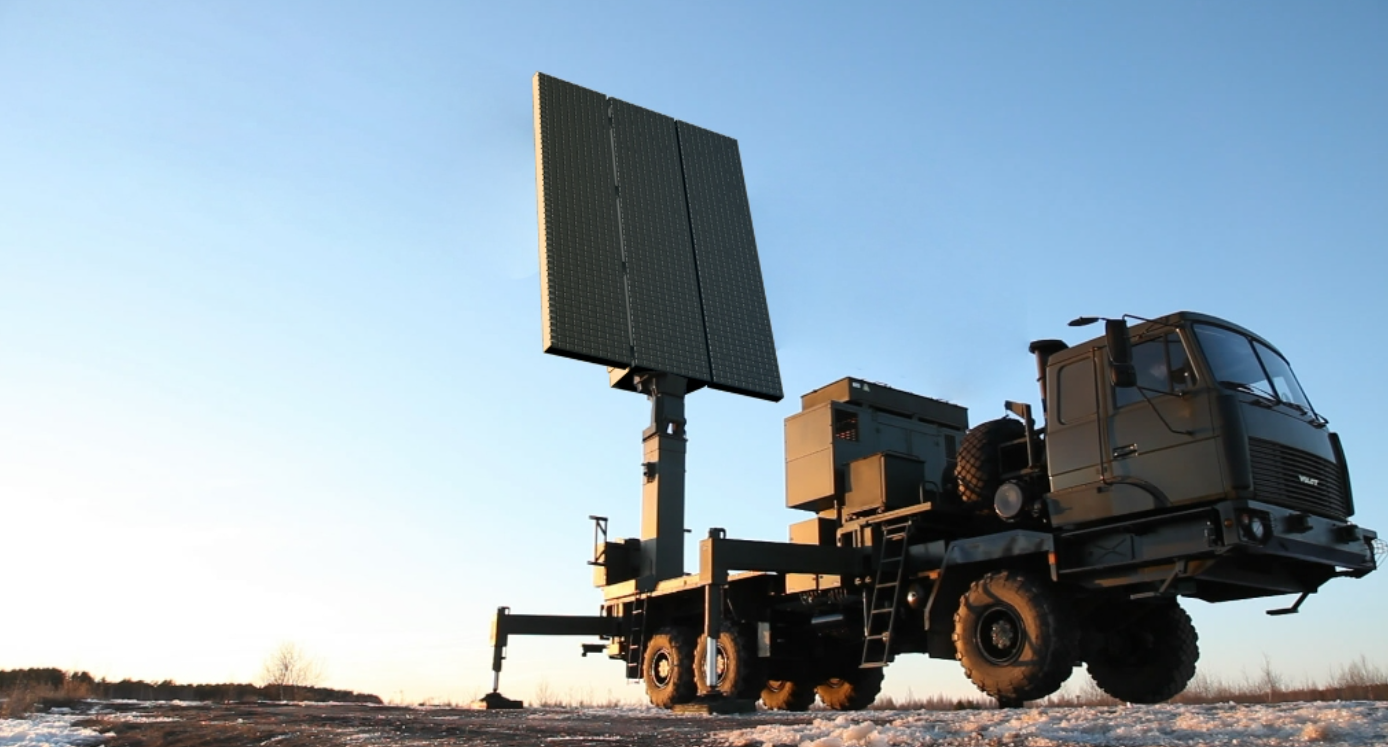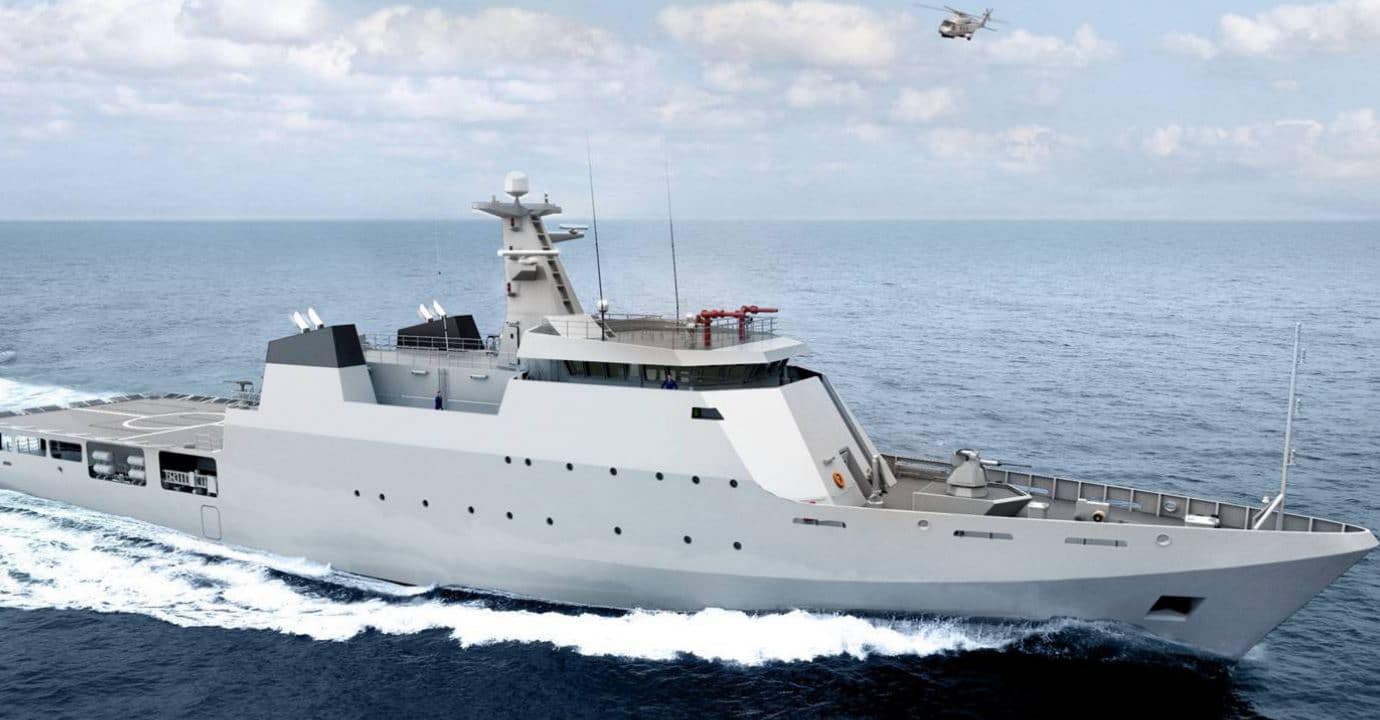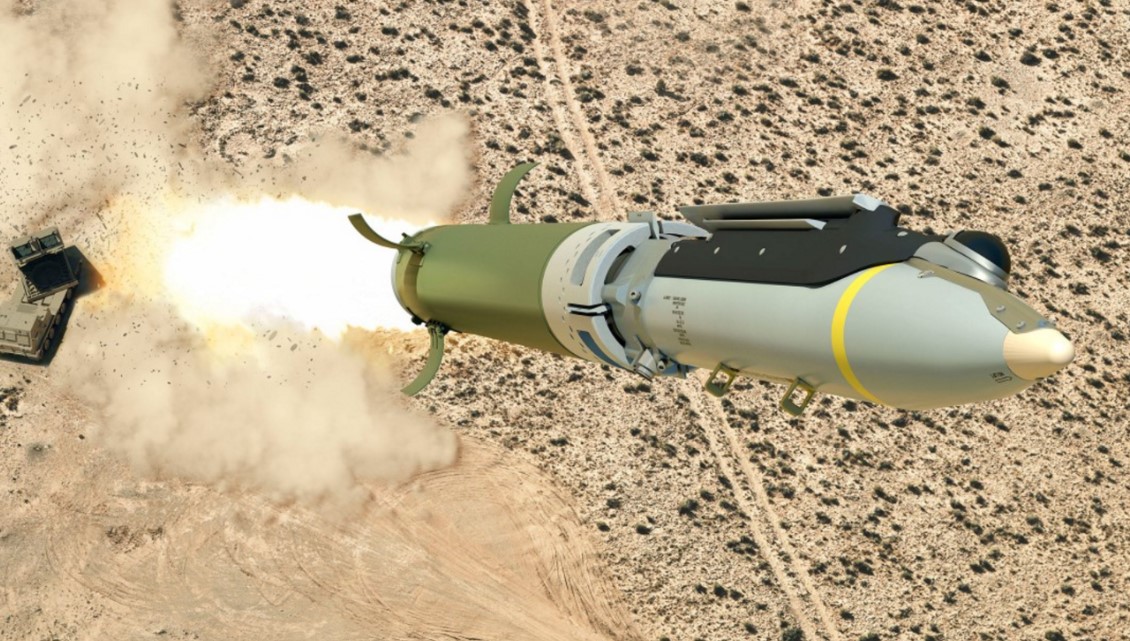2573Views 27Comments

Belarus is eager to build its defence relationship with Pakistan
On its four-day trip to Pakistan, a high-level delegation from Belarus made a visit to Pakistan’s Ministry of Defence Production (MoDP). According to a MoDP press release, Belarus is interested in having Pakistan procure a number of its products, particularly its optics technology and military vehicles. It was also eager to form a working group for the development of unmanned aerial vehicles (UAV).
It could be an interesting avenue for the Pakistani armed forces. Granted, Belarus is not as large a vendor as China or the U.S., but it has done fairly well in building its expertise in a number of areas, such as radar and electronic warfare (EW) technology. This article will offer a brief overview of Belarus’ defence industry offerings, but with a specific focus on what may be of interest to the Pakistani armed forces.
The leading military electronics firm in Belarus is the KB Radar Design Bureau. The vendor is known for producing very high-frequency (VHF) radars, such as the Vostok 3D radar, which until recent years could provide most countries with good long-range air surveillance coverage. Seeing the limitations of its older generation technology, the KB Radar Design Bureau also began offering an S-band phased-array radar known as the Vostok 3S. The company also offers a low-level X-band radar – the ROSA.
In any case, the firm seems to have a fairly good grasp of radar technology, and that too across a range of applications (e.g. surveillance, self-protection, etc). Pakistan might have an opportunity in Belarus to learn about the technology from a research and development perspective, at the minimum.
The Belarusian Optical and Mechanical Association is a developer and producer of military-grade optical equipment. These include a wide range of sights for use on assault rifles, battle rifles, and sniper rifles. Its portfolio even includes ‘red-dot’ sights. If affordable and effective enough, Pakistan could perhaps acquire them for mass-distribution within the infantry, and that too with licensed domestic manufacturing. Laser designators, night vision devices, and thermal imaging devices are also on offer.
Belarus purportedly assisted Vietnam in the latter’s efforts to develop a high-altitude long-endurance (HALE) UAV. The delegation’s interest in forming a working group on UAV development with Pakistan could be an indication of Belarus wanting to engage in more high-profile and complex UAV programs.
This is merely a cursory glance of possible avenues for cooperation between Belarus and Pakistan. As a general point, it does not hurt to explore opportunities in countries with more focused defence industries. In fact, with the right funding and intent, one may even be able to procure highly valuable expertise in key technological areas. Whether it be Belarus, South Africa, Brazil, Romania, or the Czech Republic, Pakistan ought to thoroughly explore its options.



27 Comments
by Ashi Sidhu
If Pakistan stopped its terror factory and human rights violations then it could have better access to military technologies
All that’s now left is countries like Belarus
LoL!
by Mustafa O
If u stop whining like whores probably south asia will be a more peaceful place to live
by Waqas
Watch some channel other than zee news and see what india is doing in kashmir….fix that first and than give bhashan to others.
by saqrkh
The only block to Pakistan’s progress is its corrupt and incompetent leadership.
by SP
By leadership I hope that you include top bureaucratic and top military and not just the civilian who are the easy scapegoats for unanswerable govt. servants and vested interests.
by jigsaww
so now world crowned terrorists by UN and amnesty will also talk of human rights violations. LOL.
Terrorists and terrorist supporters have no rights. So no, you request is garbaged. Pakistan will make sure that every Hindustani RAW terrorist and his network is broken down, terrorists picked up and brought to media and then taken to military court for due treatment.
At least it is giving you hindustanis dhoti wetting thousands of miles away. And that is what we are enjoying…
by jigsaww
please support your statement by providing sufficient or ANY proof to any corruption ever committed by military.
All the world is doing a conspiracy against Mr. Nawaz Sharif right?
ab keh dau panama leaks bi conspiracy hay.
wait for british virgin islands stash to be revealed…
don’t you see why hindustani’s arses go on instant fire on mere mention of pakistan army and ISI? there is a reason to that and it is not your strong politicians, i think you’d know that already.
i told you before. learn to speak the truth. you are not answerable to nawaz but to God.
by SP
Musharraf is a billionaire. Ayub Khans family is very rich for many future generations. Zia’s ISI chiefs sons are billionaires and industrialists. Many generals have been found involved in corruption but have had cases dropped. An admiral was found quilty of corruption and had to return the loot. Many more cases dont even make to the public eye. DHA CITY and DHA valley.
by Ashi Sidhu
search for reuters story on Pakistani property tycoon eyes media move to protect his name
later the story had to taken down as it said malik riaz had relations with army cheif and paying bribes to ISI officials
by Ashi Sidhu
i know everything and i know what is happening in Kashmir
by Ashi Sidhu
many of those hanged by military courts are not even terrorists they are charged either of corruption and drugs and other not so serious crimes Pakistan is even outpacing iran Saudi arabia in this matter
congrats!!
by jigsaww
So now a hindustani has come to defence of convicted terrorists. please tell me why i am not surprised.
That’s probably because they are uncircumsized hindu terrorists holding fake pakistani passports or similar anti pakistan non pakistani elements. Want me to show you pics from 2005 of hindu looking terrorists? but i think now there’s no need after hindustani raw terrorist catch.
Don’t preach your hindustani version here.
by Muhammad Shahid
Do u also know what’s happening in Manipur? where many of hindustani army soldiers killed by Mao Freedom Fighters? Do u also know about india’s Red Corridor? Do you also know about dozens of freedom movements in hindustan? poor ugly black slumdogs….seems may have little knowledge about Pak but dont know anything about hindustan!!!
by jigsaww
So being rich is your proof of corruption?
That’s stupid to even start with.
You probably don’t even know there’s some level of perks associated with the job at that level (to which you ppl are whining non stop).
Now i don’t deny some issues at personal level. There’s been a few names here and there (and unlike noonie guys i have courage to accept that), but what i asked you was give me a proof of military as an institution involved from top to bottom in corruption.
by jigsaww
I think we a have another rape victim of hindustani occupation forces in kashmir.
May be you should have told them you are a die hard hindustani…
sorry for your loss.
by SP
If govt servants acquire wealth beyond their income and known perks during service and the institution does not catch them then the institution itself is corrupt. There is no way that ordinary middle income govt servants can become billionaires and yet the institution still protects them and wont let anyone hold them to account.
by MT
Pakistan should have at least started basic r&d in radar,optronics and missile technologies
No country ll share core IP & even if they do so then u need developed institutions of r&d to be able to grasp the technology.
military tech sharing is only done in bits and pieces. You develop the most on your own but pay Western consultants once u get stuck in some complicated sub system.
For nation like Pak with limited local research & higher focus on product integration; its hard to bargain technologies at moderate price.
Pak never bothered to learn knowhow of subsystem from China. Product import/assembly of burraq,burraq, Babur/raad,zaarb,jf17,hj8/bakhtar shikan eats all the military budget leaving no room for indigenous product development.
Radar product development needs a well established public sector driven industry where you already have developed some things from basics
Belarus may be good start if it govt is ready to offer them long term sales but is PK ready to buy substandard soviet era radar. Belarus is good in agricultural technologies & I remember them importing Indian built thermal plant for coal energy generation
by Sami Shahid
very interesting news….Belarus have good engineers with super technology…..Pakistan can take a huge advantage from Belarus !
by Sami Shahid
ya ya ya you Indian are always butt hurt…..I don’t know why an extremist indian who is always obsessed with Pakistan is under estimating Belarus !
by jigsaww
leave it. remain in your bliss and keep putting your head in front of peer nawaz ganj sharif.
by jigsaww
I’d upvote that a 100 times.
by saqrkh
The whole cut.
by jaxtrjin
Politician are corrupt. Everyone wants remove politicians. Ruling party is most corrupt and incompetent.
by Shershahsuri
Sir, can you give us brief detail of SUPARCO programme. Any chance to send a satellite from Pakistan? I do not see any development on this side while this is very vital to Pakistan’s development.
by jigsaww
Hi. If you mean specific military grade sat constellation of the likes of GPS or Galileo for example, then there is no such program in existence as of now. Pakistan will continue to rely on Beidou and GPS for its sensitive military needs.
Pakistan will however launch in coop with China PRSS-01 in 2018 as part of CPEC for remote sensing. Limited military applications with regards to border surveillance and GIS mapping will be installed feature also. This is a confirmed project/launch and CPEC needs will guarantee that.
This is generally an area where emphasis has been very low. In coming years, Pakistan will find it unavoidable to be without own regional constellation. I think CPEC cooperation and emphasis on gwadar will see pakistan launching few more sats in coming years.
by Shershahsuri
thank you Sir.
by jigsaww
welcome.